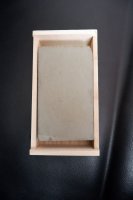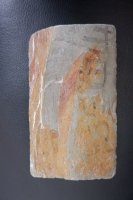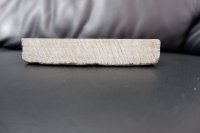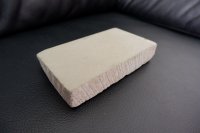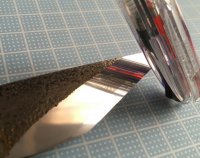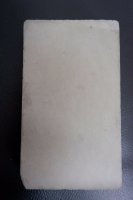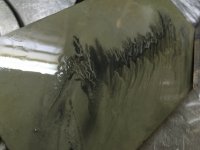I like the fact that he types レーザ用 (for lazers) and not レザー用 (for razors)
Will probably not catch many peoples eyes, but that will make me think twice about it.
Also i have seen kamisori written as many more times as カミソリ and not as 剃刀.
Im no expert on the stones itself though.
Will probably not catch many peoples eyes, but that will make me think twice about it.
Also i have seen kamisori written as many more times as カミソリ and not as 剃刀.
Im no expert on the stones itself though.
